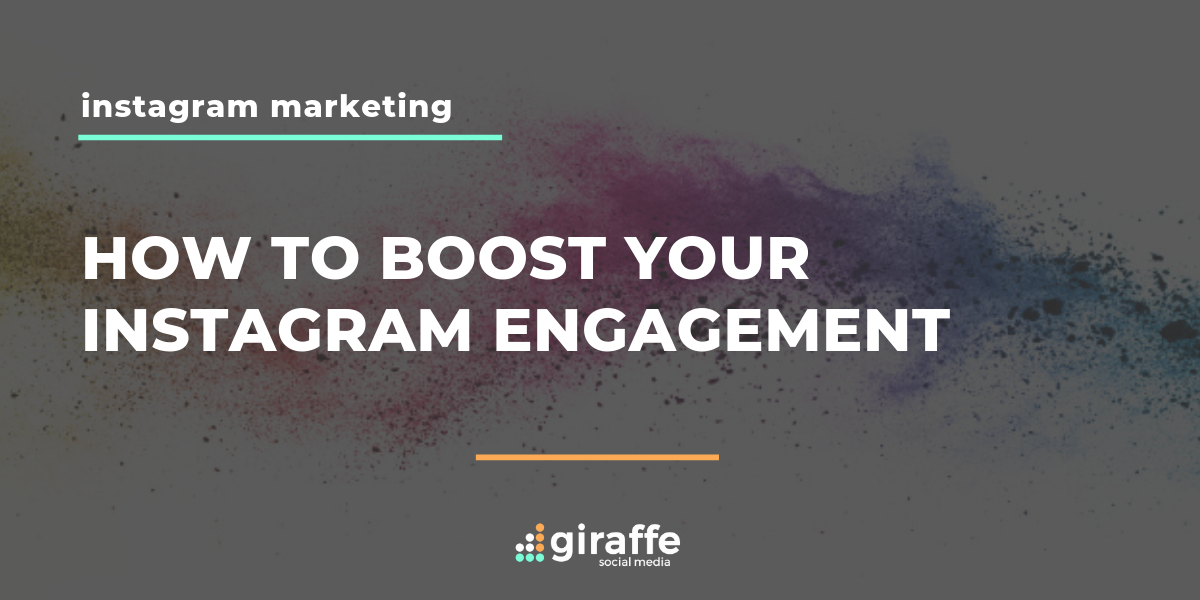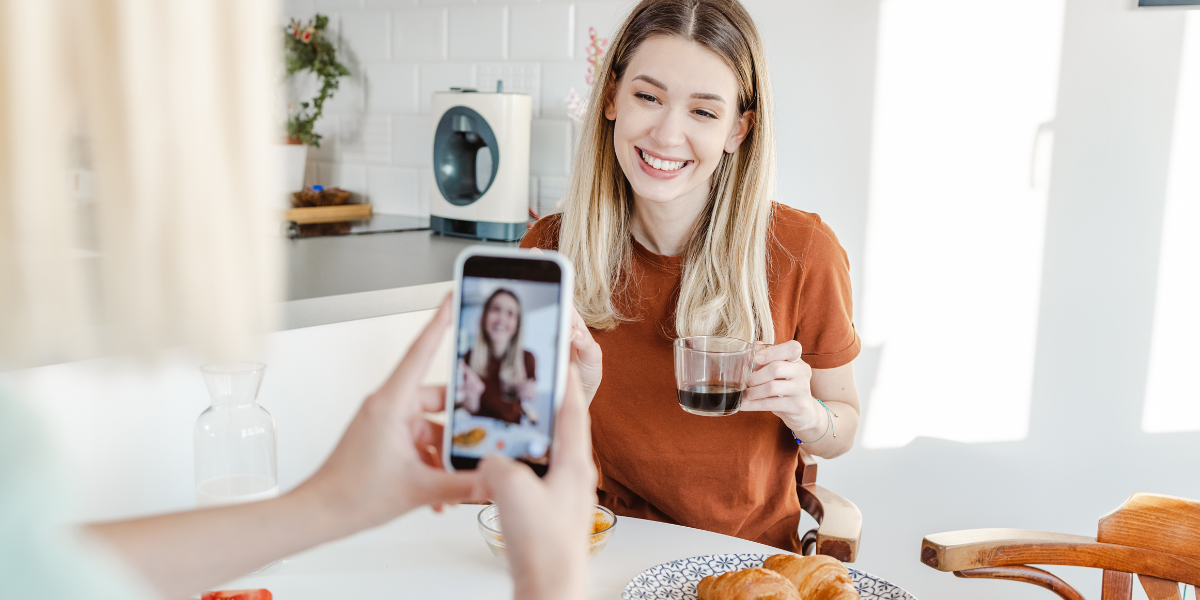Instagram is pretty darn hot right now. It’s growth throughout the years has been nothing short of astronomical, and that certainly hasn’t gone unnoticed by marketers. But growth, while a key factor for the importance of a network as a marketing channel, does not necessarily make exposure any easier.
On the contrary, with such an abundance of content, brands have to compete for Instagram engagement…
Instagram isn’t a viable marketing channel anymore; it’s a vital community that commands a great amount of purchasing power. 2016 saw the introduction of enhanced advertising options, unsurprising when you consider that its big sister is Facebook. But Instagram has something that the Queen of Social Advertising (Facebook) doesn’t; a beefy 2.3% follower interaction rate for brands in 2015 and an average of 4.5% this year. Sound puny? Facebook comes in at around a tenth of that figure.
So how do brands tap into this inclination to be social? Well, inspiring Instagram engagement is no easy task. If it wasn’t enough that things are crowded, Instagram makes this doubly harder by having fairly elementary features compared to its rivals. This means that strategies are often about increasing the amount of time invested. These are subtle, yet time consuming, strategies that focus on drawing attention to your brand by being loud, obvious, and always present.
With that in mind, here are some basic ways to boost your organic Instagram engagement rates.
Get interactive
Instagram engagement relies on you being active. You could have some of the best content imaginable but ultimately if you don’t take the time to discover and interact with potential followers, you’ll soon find that nothing much happens. If you want to see engagement and tap into that high follower interaction, you need to get interactive.
Start using relevant hashtags and keywords to search and engage with users who might be interested in what you post and who could potentially become a customer. If you want to see engagement, give engagement. Likes spark likes, comments spark comments, follows spark follows. To be clear, we’re not advocating the use of any spammy automation tools, just good old fashioned organic social interaction.
Get responsive
It’s not only good etiquette to respond to comments on Instagram, it’s a great way to convert those users into potential followers and brand advocates. Users relate well to businesses and organisations that make them feel listened too. Interaction is incredibly important for growth, and it is a reciprocal thing. After all, it is the epitome of Instagram engagement.
Instagram comments can vary from the good, to the bad, to the spammy, to the spam. When it comes to responding to them in order to see better rates of engagement, it’s all about weighing up those comments and responding justly. We’ve written a whole article on how to respond to Instagram comments – check it out here.
Get better at content
This may be a relative piece of advice, but it’s one that makes a great deal of sense. Instagram is, by its very nature, a visual medium that is defined primarily by the content shared by its users. It’s rebrand was made in-line with this vision to make it a global network over a simple image-sharing app. If you want to see higher engagement rates, post better content. Never settle for substandard quality images (unless they are completely unique). Many businesses can also stand to gain from including a call to action within their image. If you want engagement, make that the action; e.g. follows, likes or tags.
Another really useful tool that is often underused is Instagram stories. These were originally swept under the carpet by marketers for being basically just Snapchat. But in reality they are a great way to diversify and build your Instagram strategy by including a greater variety of content types. Check out our more detailed article on making use of Instagram stories here.
Get better at posting
Again, a fairly flippant and non-committal piece of advice but an important one nonetheless. Your captions are your chance to elaborate and explain the story that your picture already began, encouraging investment by the user. Never waste them. You could include recipes or stories if you’re going for long detail (maximum length is 2200 characters), or you could opt for shorter captions if this is what your products call for.
And finally, be sure to use hashtags. We know, it’s all fairly obvious now, but Instagram content relies on hashtags for discoverability. Each user has their own preferential way for including their extended list of hashtags. We like to add them as a comment, which looks a little less messy than being in the caption.





